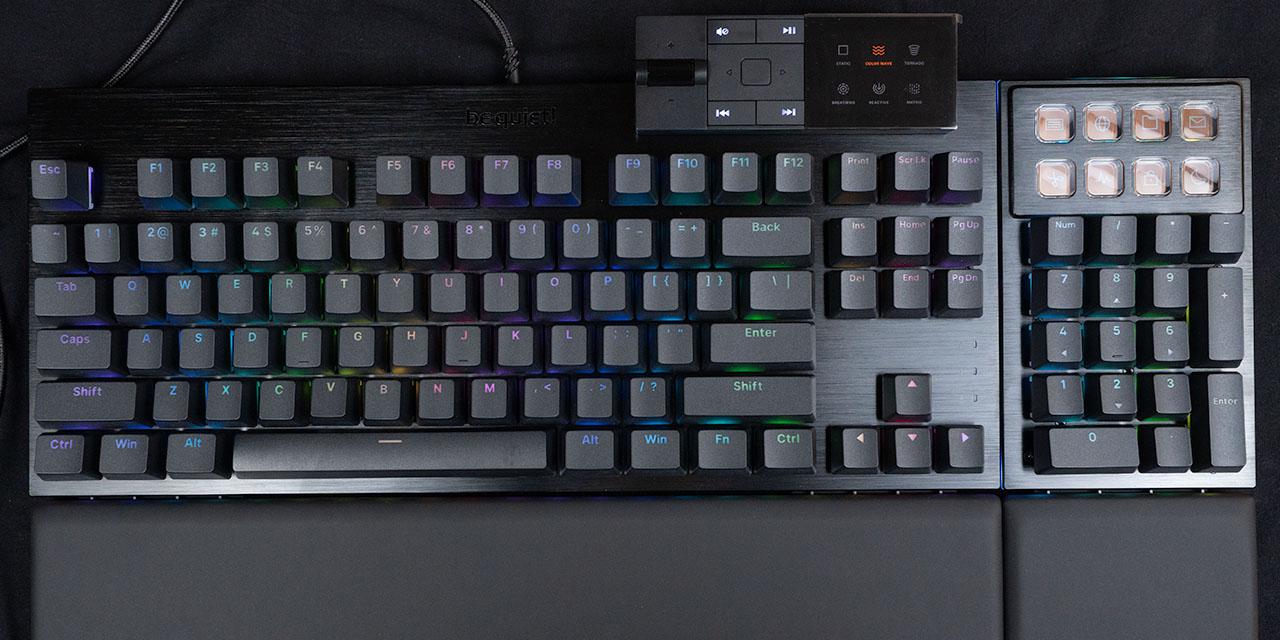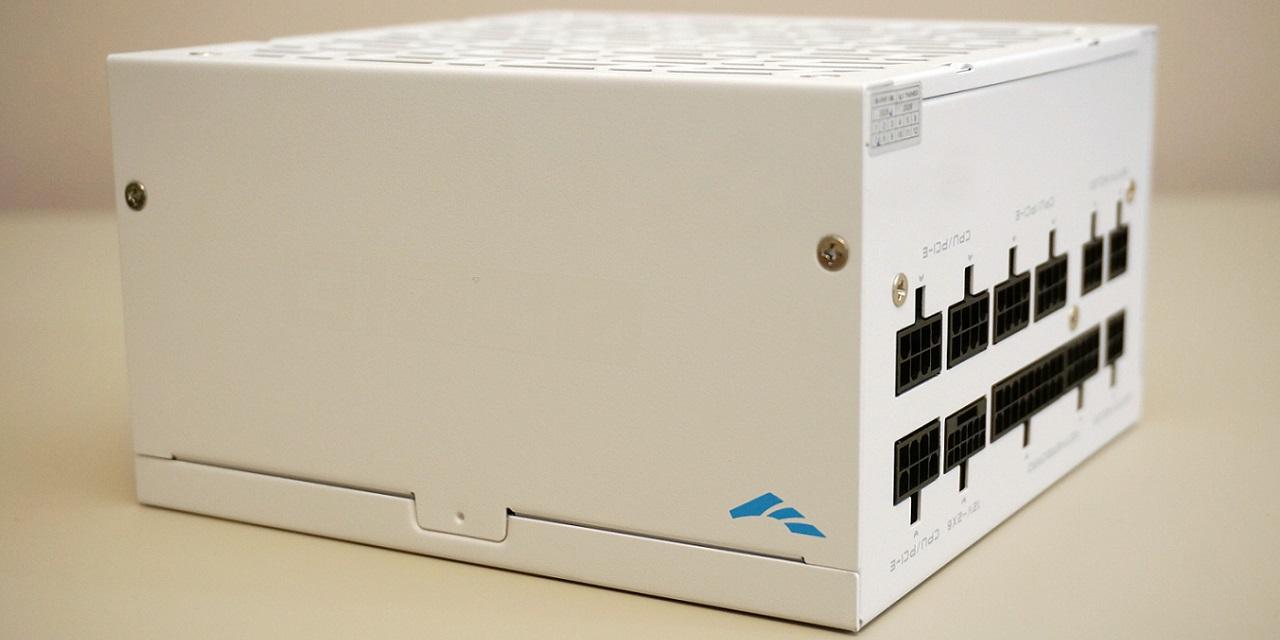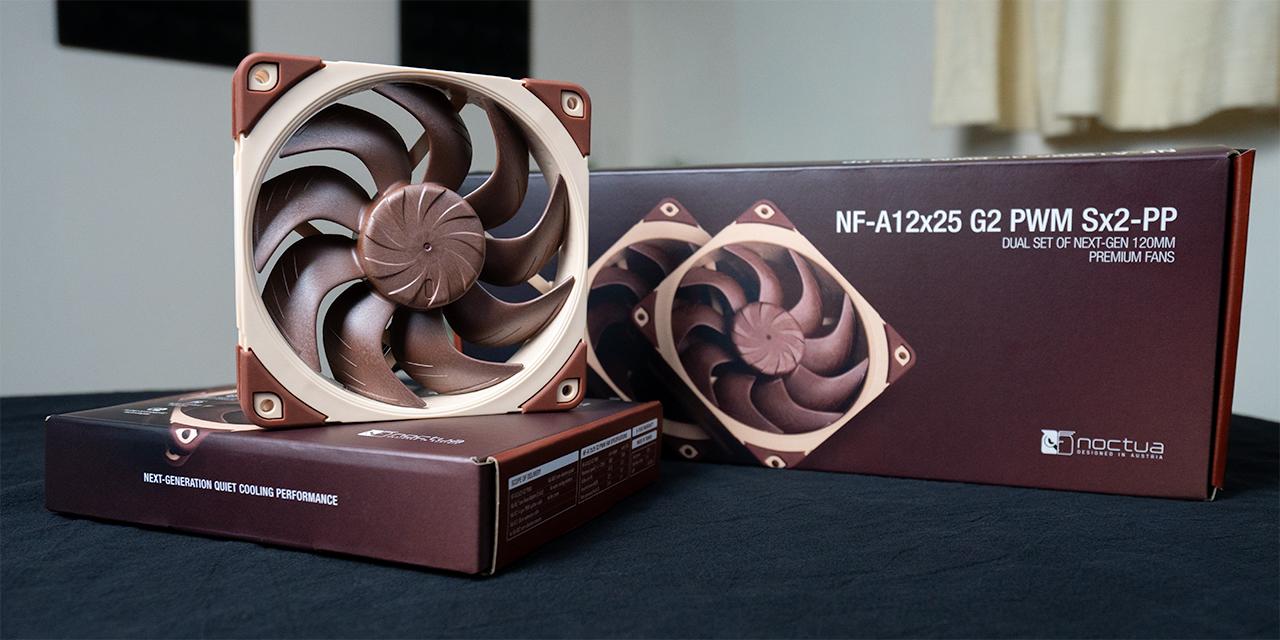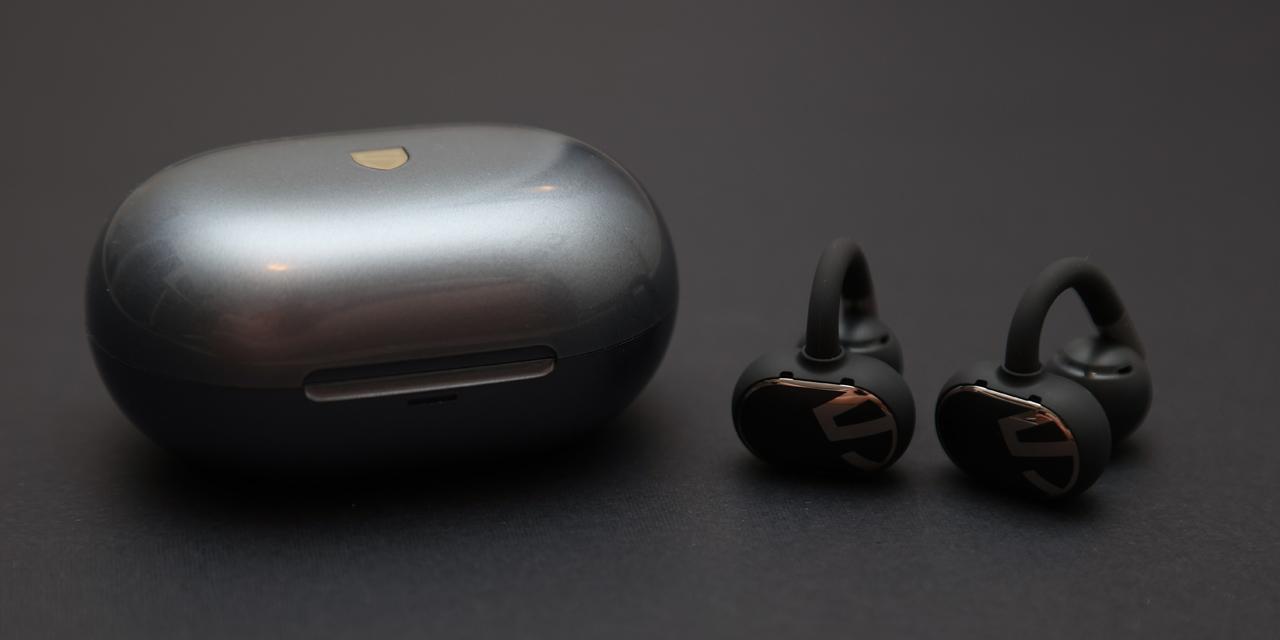|
From X-bit Labs: Although Intel Corp.’s Pentium and Celeron processors have addressed very entry level markets for around seven years now, they featured the same micro-architectures as high-performance chips. As it appears, Intel’s new low-cost/low-power Silvermont micro-architecture is so efficient that eventually could power Pentiums and Celerons in addition to Atom-series products. “Because of the advancements and flexibility of the ... Silvermont microarchitecture, we can customize the Bay Trail feature sets and develop variants of Bay Trail that will power a new crop of computing products at a variety of price points,” said Kathy Gill, a spokeswoman for Intel, in a conversation with IDG News Service. As is known, the first breed of platforms based on Silvermont will include Bay Trail-T (tablet), Bay Trail-M (mobile) and Bay Trail-D (desktop) versions. If Bay Trail-T will likely continue to carry Atom brand, then the other chips will be available under the Celeron and Pentium brands, brining low-cost/low-power micro-architectures into a more expensive product segment. Intel Pentium brand is twenty years old, whereas the Celeron is fifteen years old. For seven years Intel’s top-of-the-range microprocessors carried Core brands and then Core i brands. Nonetheless, customers continue to like the good-old microprocessor names. Thanks to usage of modern micro-architectures, both Celeron and Pentium have so far offered “good enough” levels of performance. However, Silvermont, which is designed to be low-power and inexpensive, may not be enough for complex productivity and multimedia workloads. “We have Celeron and Pentium products today based on our Ivy Bridge microarchitecture; we are not ready to disclose additional details on Haswell plans at this time. […] The goal is to offer our customers the broadest selection of form factors, features and experiences at a range of price points,” said Ms. Gill. It should be noted that Intel did not say that there will be no Celeron and Pentium products based on high-performance micro-architectures going forward. View: Article @ Source Site |
 |
Intel to Shift Celeron and Pentium to Low-Cost/Low-Power Micro Architecture
© Since 2005 APH Networks Inc. All trademarks mentioned are the property of their respective owners.





